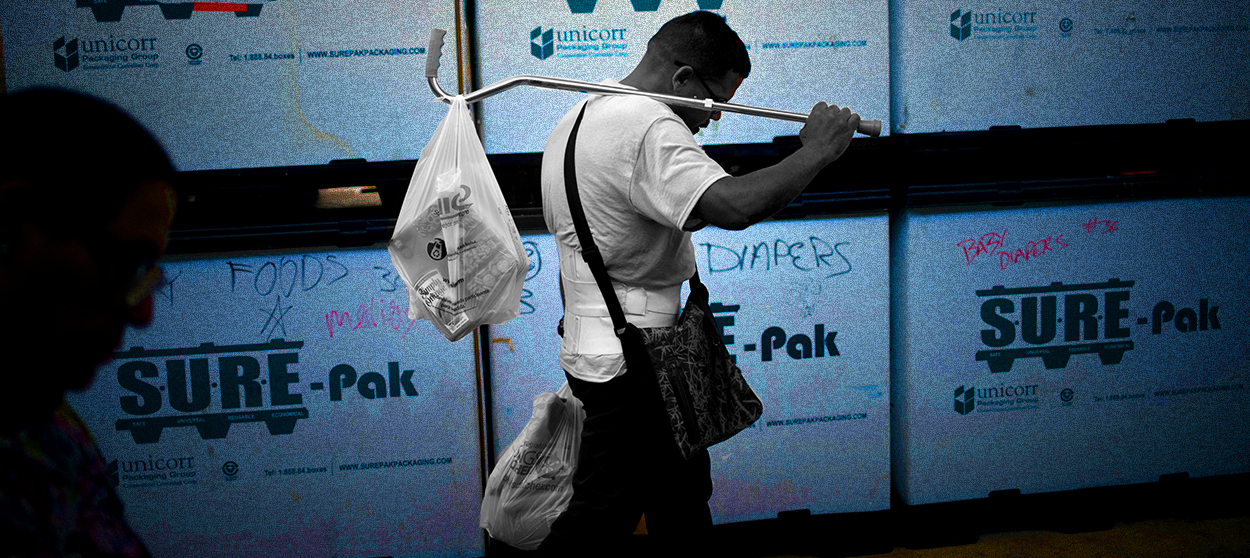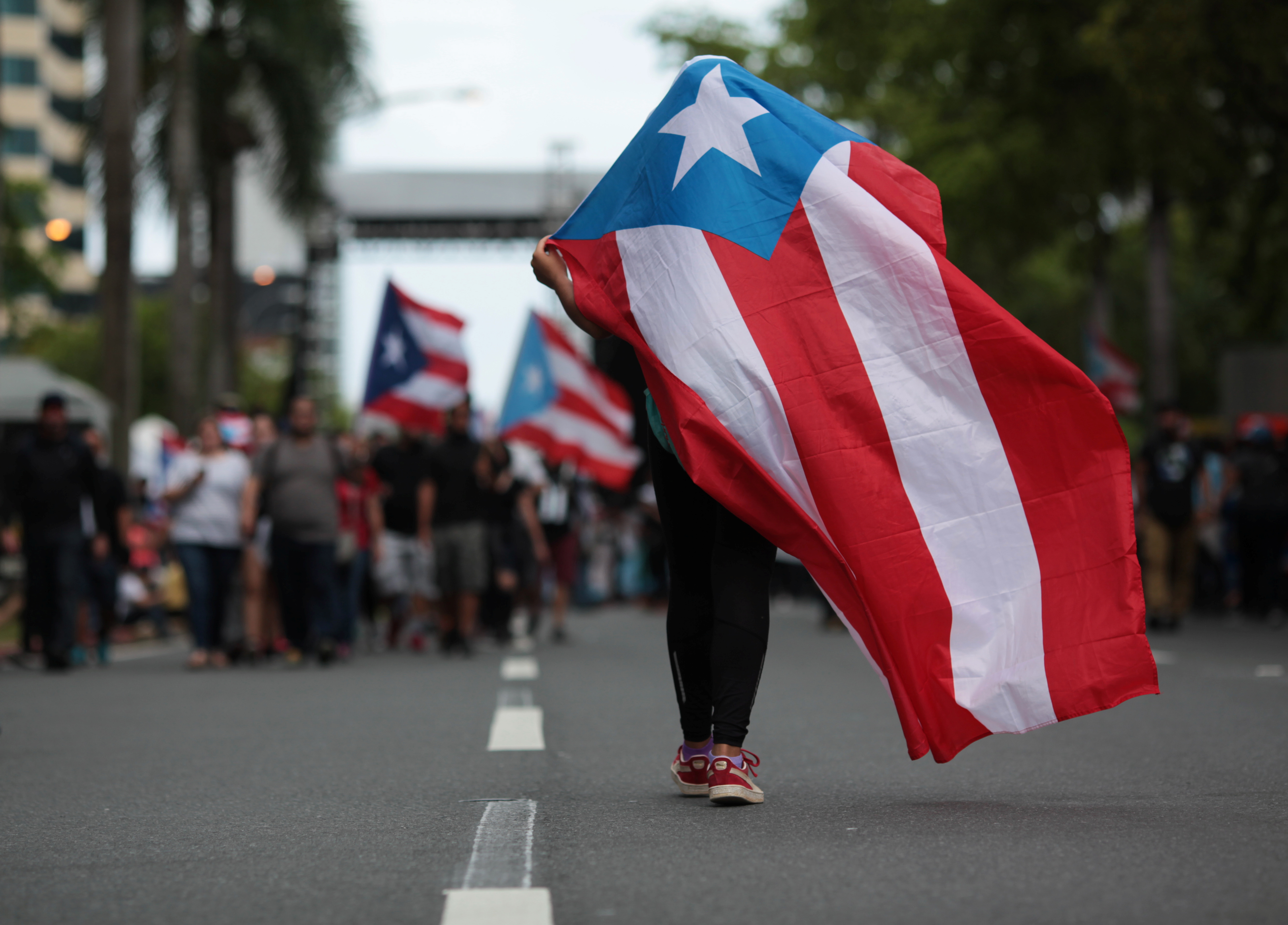America's doomsday secrets
And how they're tied to Sandy


On Sunday, the Discovery Channel will air a documentary I helped produce and appear in. Called America's Doomsday Secrets, its subject is the classified history of the government's continuity programs.
Originally, the classified programs, known informally as COG programs, for Continuity of Government, were designed to reconstitute the government after a Soviet nuclear missile attack. It was as if the U.S. government had become self-aware, realizing that without an operating central government, America as we know it would not exist. This wasn't a problem until the early part of the 21st century because most important functions could be handled by states and cities and towns without direction, coordination, and funding.
The programs ramped up during the Cold War, atrophied during the 1970s, were revived with a vengeance in the 1980s — this is where our doc breaks some new ground — and then, in the 1990s, changed their focus. Instead of solely focusing on the government, the concept of continuity broadened out to include national emergency preparedness. The secret programs became part of a national strategy to respond to disasters of all types. Less emphasis was placed on bunkers and senior leadership communication, as I learned when Secretary of Defense Leon Panetta told me last year that he couldn't really remember ever having participated in a COG exercise when he was Bill Clinton's White House chief of staff. At the same time, though, plans to stockpile emergency medicine and supplies grew and matured. A cottage industry of continuity consultants was born. Federal agencies were encouraged to think smartly about how they would function if everything blew apart.
The Week
Escape your echo chamber. Get the facts behind the news, plus analysis from multiple perspectives.

Sign up for The Week's Free Newsletters
From our morning news briefing to a weekly Good News Newsletter, get the best of The Week delivered directly to your inbox.
From our morning news briefing to a weekly Good News Newsletter, get the best of The Week delivered directly to your inbox.
Then came 9/11, a day when the highest tier of COG programs was activated. Major leaders were evacuated properly; communications between them was frighteningly sporadic. George W. Bush ordered his staff to study and revivify these programs. And they were shaped, at least early in the Bush administration, by Dick Cheney's fear that al Qaeda had smuggled a nuclear weapon into the United States.
The Federal Emergency Management Agency (FEMA) has played a significant role in these programs since the agency was formed in 1979. Indeed, FEMA administrator Craig Fugate told me in an interview about two years ago that he spends about 30 percent of his non-disaster-recovery time on Continuity of Government programs.
Today, COG programs are big and integrated into the Department of Defense and the Department of Homeland Security. Americans got a taste for them earlier in the year when FEMA tested its Emergency Alert System, the goal of which is to give the president an uninterrupted ability to speak to Americans anytime and anywhere. The emergency alerts that now pulse through some of our cell phones were developed by the FCC and a little known COG agency called the National Communication System. A lot of the COG infrastructure is used to help regular people in emergencies. Most of FEMA's assets can be requisitioned by the White House Military Office if the president so orders, but they have regular, everyday purposes too. Virtually every federal agency now has a Continuity of Operations plan, thanks to a 2007 directive from the Bush administration. Some are good, and some aren't, but the government's ability to spring back from something catastrophic is definitely more developed than it was.
One of the subtle ways in which the secret programs and everyday emergency response intersect is the technology that major telecoms use for cell towers. It is much harder to knock out a city's wireless networks now, in part because the towers store electricity and can run on battery power for days. Classified technology has been used to harden cell systems in critical areas against electromagnetic pulses that might result from a nuclear denotation or an intense coronal injection.
A free daily email with the biggest news stories of the day – and the best features from TheWeek.com
COG programs create controversy because they're secret and they evoke fears of a shadow government. They're also expensive. Perhaps their costs don't justify their benefits. It's hard to have this debate in public. I hope the documentary, produced by Partisan Productions, provides a faithful and revealing picture of what my words can't describe. And I do hope you'll watch!
Marc Ambinder is TheWeek.com's editor-at-large. He is the author, with D.B. Grady, of The Command and Deep State: Inside the Government Secrecy Industry. Marc is also a contributing editor for The Atlantic and GQ. Formerly, he served as White House correspondent for National Journal, chief political consultant for CBS News, and politics editor at The Atlantic. Marc is a 2001 graduate of Harvard. He is married to Michael Park, a corporate strategy consultant, and lives in Los Angeles.
-
 The UK’s best Christmas pantos
The UK’s best Christmas pantosThe Week Recommends Dive into the festive cheer, even into the new year, with some traditional favourites and modern twists
-
 The longevity economy is booming as people live longer
The longevity economy is booming as people live longerThe Explainer The sector is projected to reach $27 trillion by 2030
-
 Codeword: December 11, 2025
Codeword: December 11, 2025The daily codeword puzzle from The Week
-
 Why Puerto Rico is starving
Why Puerto Rico is starvingThe Explainer Thanks to poor policy design, congressional dithering, and a hostile White House, hundreds of thousands of the most vulnerable Puerto Ricans are about to go hungry
-
 Why on Earth does the Olympics still refer to hundreds of athletes as 'ladies'?
Why on Earth does the Olympics still refer to hundreds of athletes as 'ladies'?The Explainer Stop it. Just stop.
-
 How to ride out the apocalypse in a big city
How to ride out the apocalypse in a big cityThe Explainer So you live in a city and don't want to die a fiery death ...
-
 Puerto Rico, lost in limbo
Puerto Rico, lost in limboThe Explainer Puerto Ricans are Americans, but have a vague legal status that will impair the island's recovery
-
 American barbarism
American barbarismThe Explainer What the Las Vegas massacre reveals about the veneer of our civilization
-
 Welfare's customer service problem
Welfare's customer service problemThe Explainer Its intentionally mean bureaucracy is crushing poor Americans
-
 Nothing about 'blood and soil' is American
Nothing about 'blood and soil' is AmericanThe Explainer Here's what the vile neo-Nazi slogan really means
-
 Don't let cell phones ruin America's national parks
Don't let cell phones ruin America's national parksThe Explainer As John Muir wrote, "Only by going alone in silence ... can one truly get into the heart of the wilderness"
